Last Updated: 10/06/2025
Household Hazards for Dogs and Cats
Learn about common pet hazards around the house and how to create a pet-friendly environment.
Author: Dr Belinda Stancombe BVSc (Hons)
Reading Time: 33 minutes - long read
Our homes, while cozy havens for our families, can harbor hidden dangers for our curious pets. From everyday items to common substances, numerous risks can threaten their health and safety.
In this article, our Vet Squad shed light on some of the most common household hazards for pets, raising awareness and providing valuable insights on how to create a pet-friendly environment that promotes their well-being and prevents unfortunate accidents.
Harmful Foods
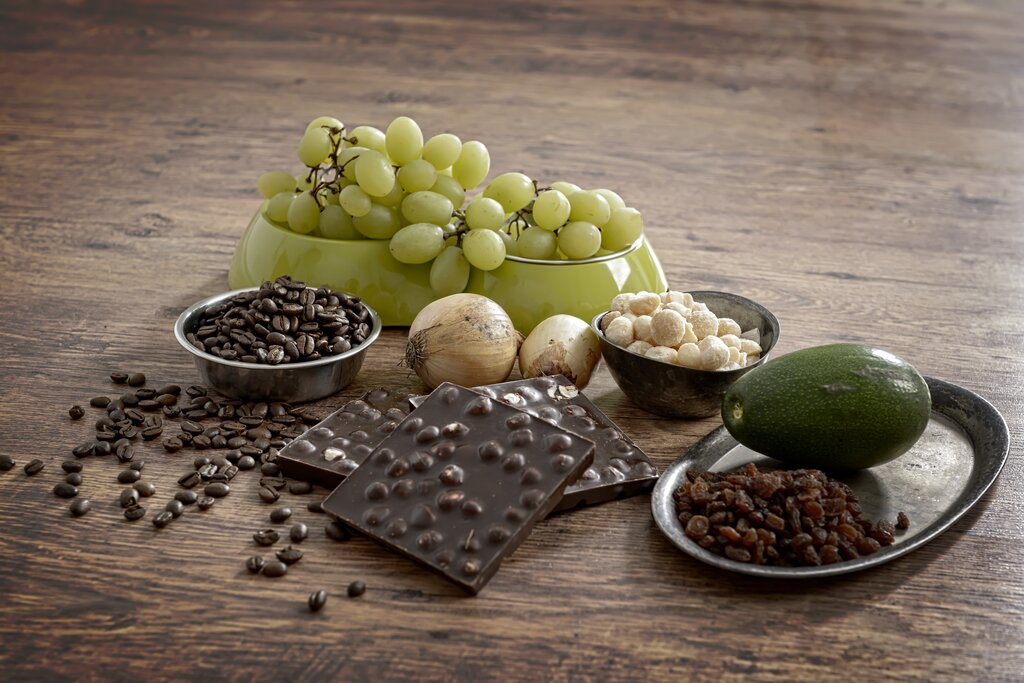
We all love to treat our pets! Although it can be tempting to offer your beloved fur-kid some of your favourite treats, it's essential to take a moment to familiarise yourself and avoid certain 'people foods' that can be harmful to dogs and cats.
Toxic and Dangerous Foods for Dogs and Cats:
Contact your veterinarian as soon as possible if your pet consumes any potentially toxic foods. Signs of poisoning are not always obvious immediately and delaying treatment can make the symptoms of the toxin worse. Ensure that any treats that you give are pet friendly.
Looking for more information? Read our articles Dangerous Foods For Dogs and Toxic Food and Household Items for Cats.
Safe treats for pets
Medications
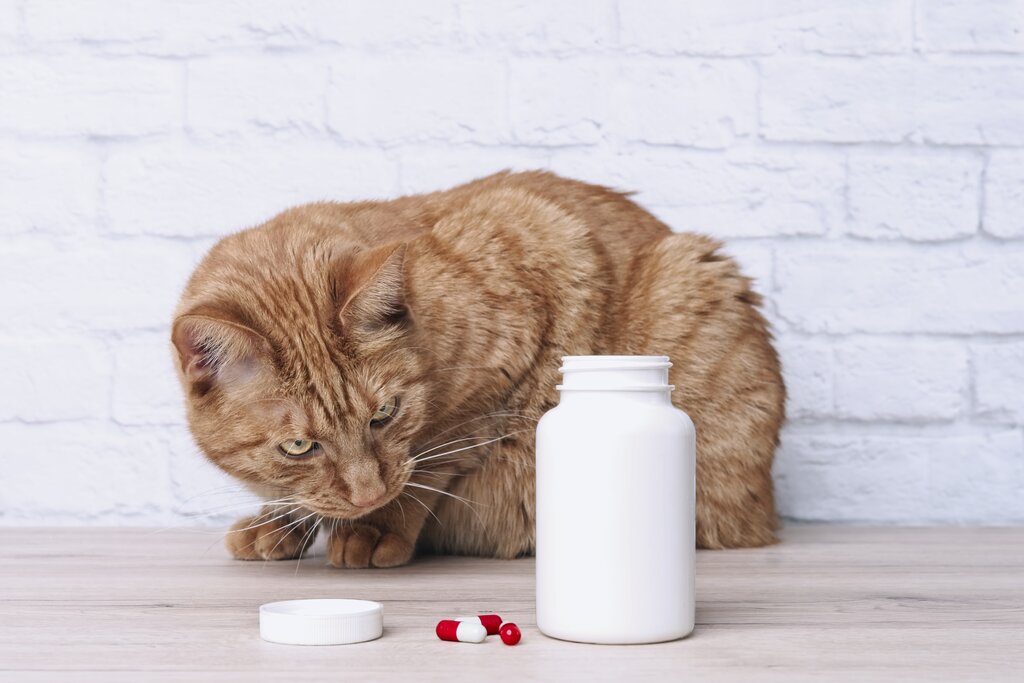
Human medication, or sharing prescription medication meant for one pet with another pet, can pose severe dangers to our furry friends. Unlike humans, pets have different metabolisms and sensitivities to various drugs. Some medications that are safe for one species can be highly toxic to others.
Unfortunately, many toxicities occur when well meaning owners give their pet medication that is not suitable for them. This can lead to unpredictable reactions and even toxicity as pets can't communicate their symptoms, making it difficult to identify adverse reactions early on. Common causes of toxicity include:
- Paracetamol is a common medication used to manage pain in humans but is extremely toxic to dogs and cats. Cats are especially sensitive as they lack the enzymes required to breakdown the drug, leading to deadly affects on the red blood cells and liver. Ingestion of as little as half a paracetamol tablet can be toxic for cats.
- Ibuprofen is a Non-Steroidal Anti-Inflammatory Drug (NSAID) for humans which is toxic to both dogs and cats. Even a small dose can result in stomach ulcers, irreversible kidney damage and seizures.
To ensure the well-being of your pet, it is crucial to always consult a veterinarian before giving any medication and strictly adhere to prescribed treatments for each individual pet.
Household Hazards
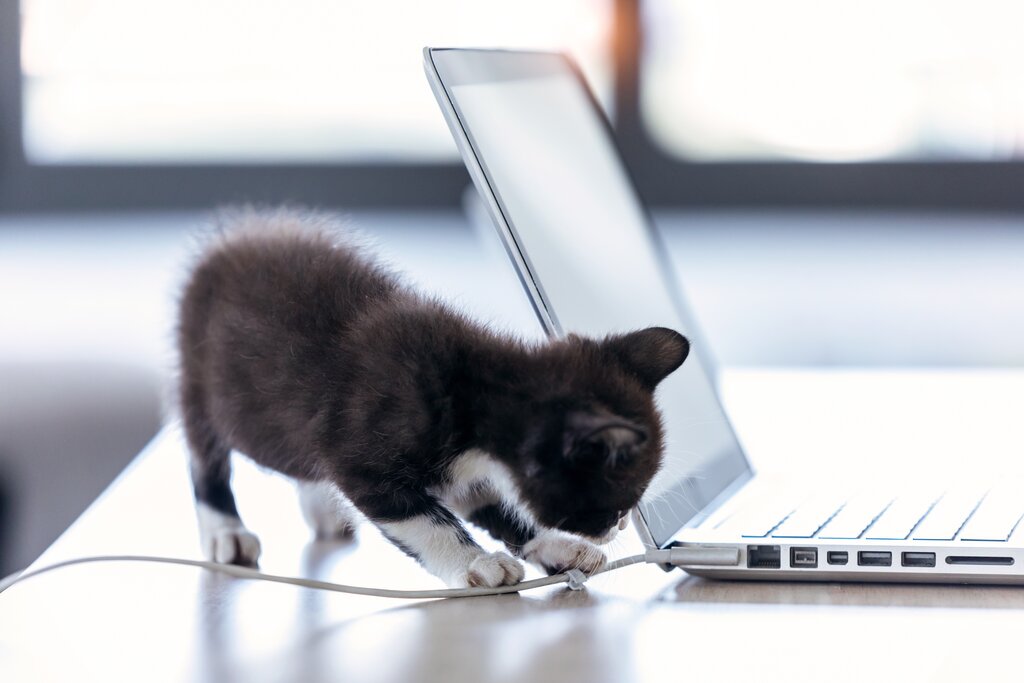
Keep your pet busy
Out and About
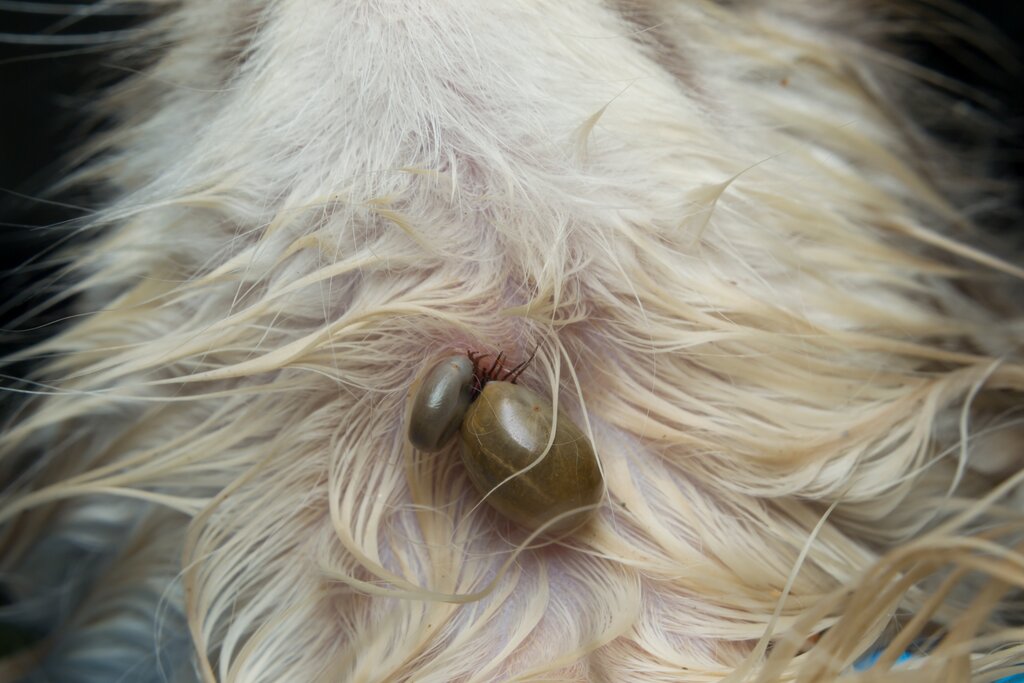
Paralysis Tick
Paralysis Ticks are commonly found along the east coast of Australia, from north Queensland to east Victoria. Tick prevention is recommended for all dogs and cats living in these areas. Paralysis Ticks are of concern year-round but are more prevalent in the warmer months of Spring and Summer.
Early signs of tick paralysis in dogs and cats can include altered vocal sounds, hindlimb weakness and reduced or absent blink and swallow reflexes. As the tick toxin continues to spread throughout the pet's body, an ascending paralysis may develop starting with weakness in the hindlimbs and progressing to effect the muscles associated with breathing.
When it comes to tick protection, prevention is better than cure! Prevention of tick paralysis involves being aware of your pet's risk of exposure, daily tick searches and the use of an effective tick preventative treatment.
Looking for more information? Read our article Tick Paralysis in Dogs and Cats.
Snakes
Australia has more venomous snakes then any other country. In fact, Australia is home to 9 of the 10 most venomous snakes in the world.
Unfortunately, thousands of pets per year are bitten by snakes, with venomous snake bites a life-threatening emergency.
Dogs and cats are curious and natural hunters, making them susceptible to snake bites. Snakes usually will not attack pets but will bite to defend themselves when provoked or threatened.
Snakes bites can be difficult to diagnose in pets as they are not always witnessed by owners but common signs may include collapse, dilated pupils, paralysis and bleeding.
If you suspect that your pet has been bitten it is important to see your veterinarian immediately. Snake bites can be deadly to pets and the sooner treatment is started the better the prognosis. A Survival Snake Bite First Aid Kit can offer lifesaving first aid for dogs and cats that may have just experienced a snake bite.
Looking for more information? Read our article Pet First Aid Tips.
Keep your pet protected
Garden Dangers
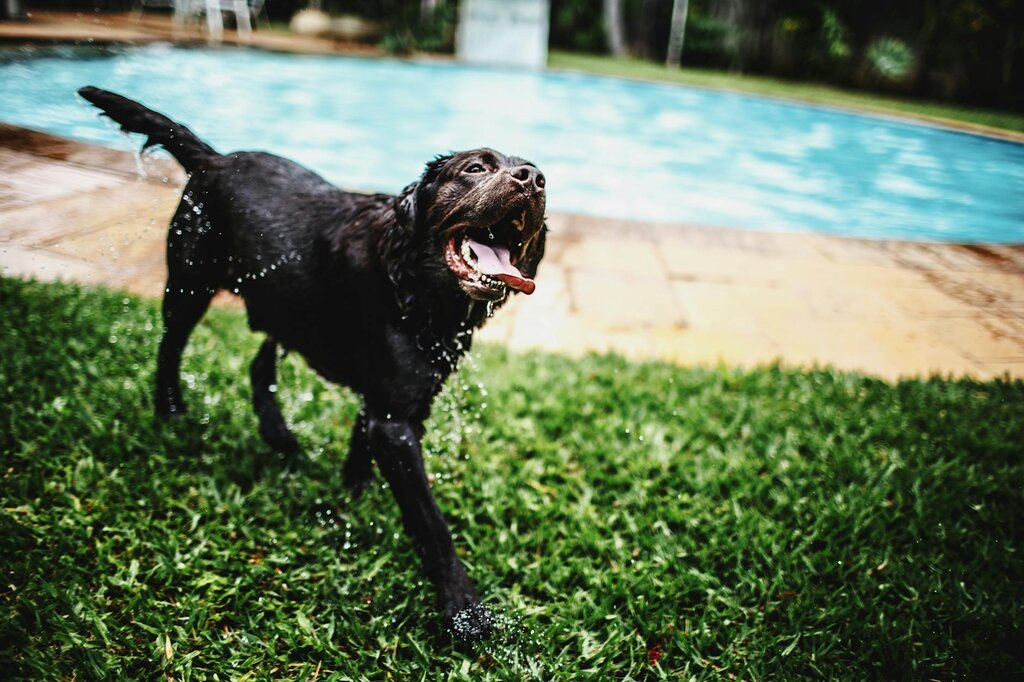
Rat and Mouse Bait
Accidental ingestion of rat or mouse bait is one of the most common causes of poisoning in pets. Rodenticides are used in the control of mouse and rat populations. They are sold as baits or pellets which are placed in and around homes where rats and mice are regularly found. These products are designed to be highly palatable making them attractive to dogs and cats. Pets can also suffer from secondary poisoning if they ingest a rodent which has consumed one of these deadly products.
Rodenticides work by interfering with Vitamin K1, an important part of the blood clotting process. Without Vitamin K the body can no longer form clots which can lead to uncontrollable bleeding.
Due to this, signs of poisoning in pets are often delayed and are associated with blood loss. While bleeding can sometimes be seen from the mouth and eyes, the signs of internal bleeding are not always obvious and may include vomiting, pale gums, an enlarged abdomen and black tarry faeces. If not treated, the inability to clot and the subsequent blood loss can result in death.
If you suspect that your pet has had access to a rodenticide, it is important to see your veterinarian immediately.
Snail and Slug Baits
Snail and Slug Baits can contain metaldehyde, which is incredibly toxic to dogs, cats and wildlife. Even a small amount can cause poisoning, resulting in vomiting, drooling, severe tremors, seizures and even death.
To ensure your pet is not put at risk, it is best to avoid using this product. Opt for natural deterrents such as crushed egg shells or sand sprinkled on your garden, or a non-toxic slug or snail product.
Herbicides and Fertilisers
Herbicides are used to inhibit the growth of certain plants, generally weeds. Glycophosate is a popular herbicide in Australia, and most often causes toxicity in pets when they consume plants which have been sprayed with the product. Signs of exposure can include mild skin irritation and gastrointestinal signs.
Most fertilisers contain a combination of ingredients including herbicide, fungicide and insecticide. Because of this, ingestion of the toxin can cause differing signs but may include vomiting, diarrhoea, lethargy and abdominal pain.
Organic fertilisers such as blood, bone or fish meal, can be appealing and highly palatable to dogs and cats. Ingested in large quantities this can lead to vomiting, diarrhoea, pancreatitis or intestinal obstruction.
Toads
Most pets come into contact with toads through licking or biting them. This is especially common in young, curious puppies. When threatened, toads release a toxin from their parotid glands located just behind the eyes.
When the toxin comes into contact with a pets mouth, it is rapidly absorbed. The first and most common sign that a pet has had contact with a toad is excessive drooling or foaming at the mouth. The toxin, if left untreated can cause vomiting, seizures, increased heart rate and even death.
If you believe that your pet has had contact with a toad, it is recommended to wipe the inside of their mouth with a damp cloth as soon as possible to remove any toxin. A hose should never be used to clean out your pet's mouth, as this can force water into the lungs. Once the toxin has been removed, then they should see the vet immediately to continue emergency care.
Warning: If you believe your pet has consumed or has been in contact with a toxic substance please immediately contact your local vet, 24hr vet emergency centre or call the Australian Animal Poisons Helpline on 1300 TOX PET (1300 689 738). Delaying treatment may worsen the symptoms.
Pools and Spas
Water safety in children is of paramount importance in Australia, but is not just humans who are at risk around water, pets and wildlife can face the same dangers and backyard drownings unfortunately occur.
Pets should always be supervised near water. It is for this reason that pool areas should never be used as fenced yards for dogs. To protect local wildlife from drowning, consider draping a rope or mat over the edge of the pool so that if they fall in by accident, they can grab onto it and pull themselves out.
Fruit Stones or Seeds
Some backyard plants can drop fruits which when ingested, the seed causes an intestinal blockage. Signs of a foreign body or intestinal blockage in dogs and cats may include inappetance, vomiting, drooling, lethargy and abdominal pain.
Seeds found in fruits such as cherries, apricots, plums, peaches and mangoes, contain cyanide which can be toxic when eaten. The toxin is only found inside the seed of the fruit which needs to be broken to expose it. Fortunately, most pets lack the strength to break open these seeds, resulting in a low risk of toxicity.
Looking for more information on which fruits are safe for your pet? Read the following articles: Can dogs eat watermelon?, Can cats eat watermelon?, Can dogs eat blueberries?, Can cats eat blueberries?, Can dogs eat strawberries? and Can cats eat strawberries?
Toxic Plants

Plants, both indoor and outdoor, are popular decorations in Australian homes. While a little extra foliage can make a lovely addition, not all greenery is safe for pets, with some varieties causing serious illness or even death.
Here is a list of some of the common toxic household plants that may pose a risk to your pet.
- Lilies
- Japanese Sago Palm (Cycad)
- Yesterday, Today and Tomorrow
- Oleander
- Aloe Vera
- Azalea
- Snake Plant or Mother-In-Law's Tongue
- Philodendron- Monstera, Fiddle Leaf Fig or Heartleaf
- Asparagus Fern
- Daffodil
- Autumn Crocus
- Cyclamen
- Tulip
- Eucalyptus
- Foxglove
- Nightshade
- Devil's Ivy
- Rubber Tree Plants
- Jade Plant
For more information? Read our article Poisonous Plants for Dogs and Cats.
Further Reading
Want to read more? Check out our other articles:
History
Our experts continually monitor the health and wellness space and we update our articles when new information becomes available.
Sep 27 2023
Written by Dr Belinda Stancombe BVSc (Hons)Dr Belinda Stancombe BVSc (Hons)
Veterinarian
Dr Belinda graduated from The University of Queensland in 2009 and has worked as a Small Animal Veterinarian for over 10 years in South East Queensland. She also has experience as a telehealh consultant, providing veterinary advice for online customers.She has a special interest in animal behaviour, preventative health, the human-animal bond and internal medicine. Outside of work hours she is closely affiliated with a kitten rescue and is also a devoted carer of orphaned rescue kittens.

